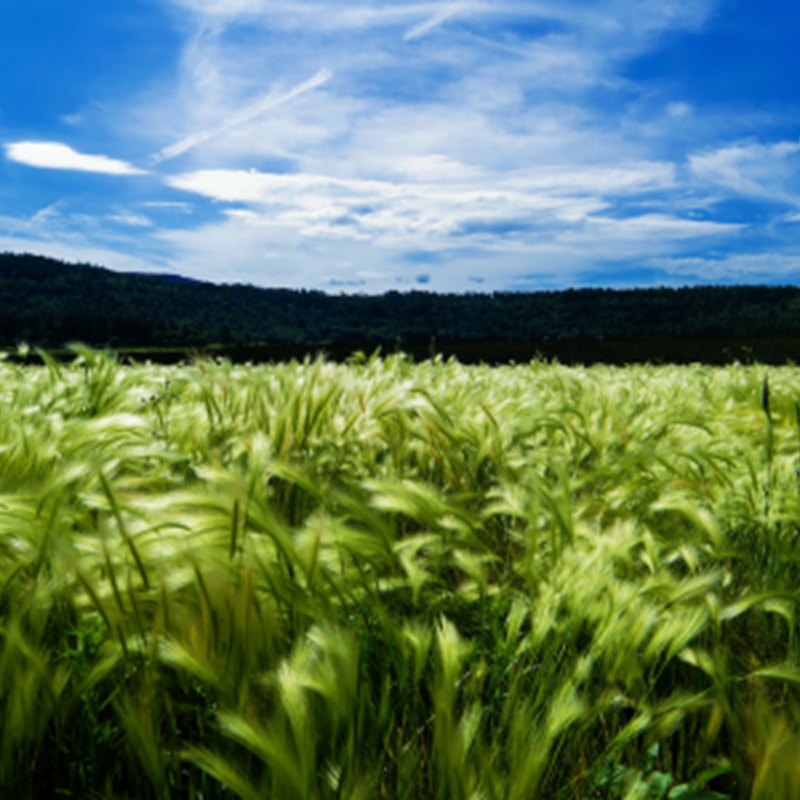
Early last month, UK retailer Waitrose announced that all dairy cows supplying milk to their supermarkets must be put out to pasture for at least 100 days a year. Despite many consumers believing that all UK cows are pasture-fed, sadly this isn’t the case, and Waitrose has been praised for its consideration of animal welfare.
Of course, herd management becomes more of a concern once cows are out in the fields, and we couldn’t pass up an opportunity to mention IoT and connected cows – especially following Embedded World and Mobile World Congress (MWC) – where so much of the talk was around connecting livestock!
Aside from IoT helping to ensure that the 100 days of pasture are regulated and adhered to, there are many other ways IoT can help farmers. Connected collars fitted on cows allow farmers to keep track of their herd’s location at all times so if a cow jumps a fence, the farmer gets an alert to his smartphone right away. By connecting gates to the Internet of Things too, a farmer is able to contain an escapee cow quickly and easily, all from the comfort of his farmhouse kitchen. The collar will also trigger an alert if the cow has been lying down too much or if they are walking more slowly than usual. This kind of data can help with the prevention of diseases such as mastitis, which can cost farmers thousands every year.
Arkessa partner, Fujitsu, impressed at MWC with their connected cow pedometers. Combining data recording and cloud analysis, Fujitsu’s EDSC Wearable alerts farmers when cows are in estrus or fertile, increasing the efficiency of cattle production and taking the guesswork out of breeding season.
Smart farming isn’t just about keeping track of livestock, however. The Internet of Things can help farmers regulate soil temperature and pH levels, monitor watering and fertilising, and help with pest control. Bosch have come up with a solution specifically designed for asparagus producers, enabling access to data regarding soil temperature and sunlight levels using a smartphone app and helping farmers to moderate sun exposure through cloud-based data analysis. IoT technology is also being used to grow Smart Strawberries in Italy – Libelium sensors enable farmers to check the status of their strawberry crop remotely and to adjust temperature and irrigation parameters according to real-time data delivered to their smartphone.
With the debate surrounding genetically modified crops still raging in the press, could it be that the Internet of Things might provide an alternative solution in the future? Researchers who are desperately trying to save the dwindling bee population by using beeswax-covered printed circuit boards to kill invasive mites in beehives believe that IoT may hold the answer to keeping other agricultural pests at bay too.
Increasing efficiency, reducing waste, and keeping costs down are all so important to successful farming, and IoT could soon be the answer to many of the problems facing the agricultural sector in the UK and further afield, benefitting farmers and consumers alike. Connected cows are just the beginning and we’re excited to be involved.